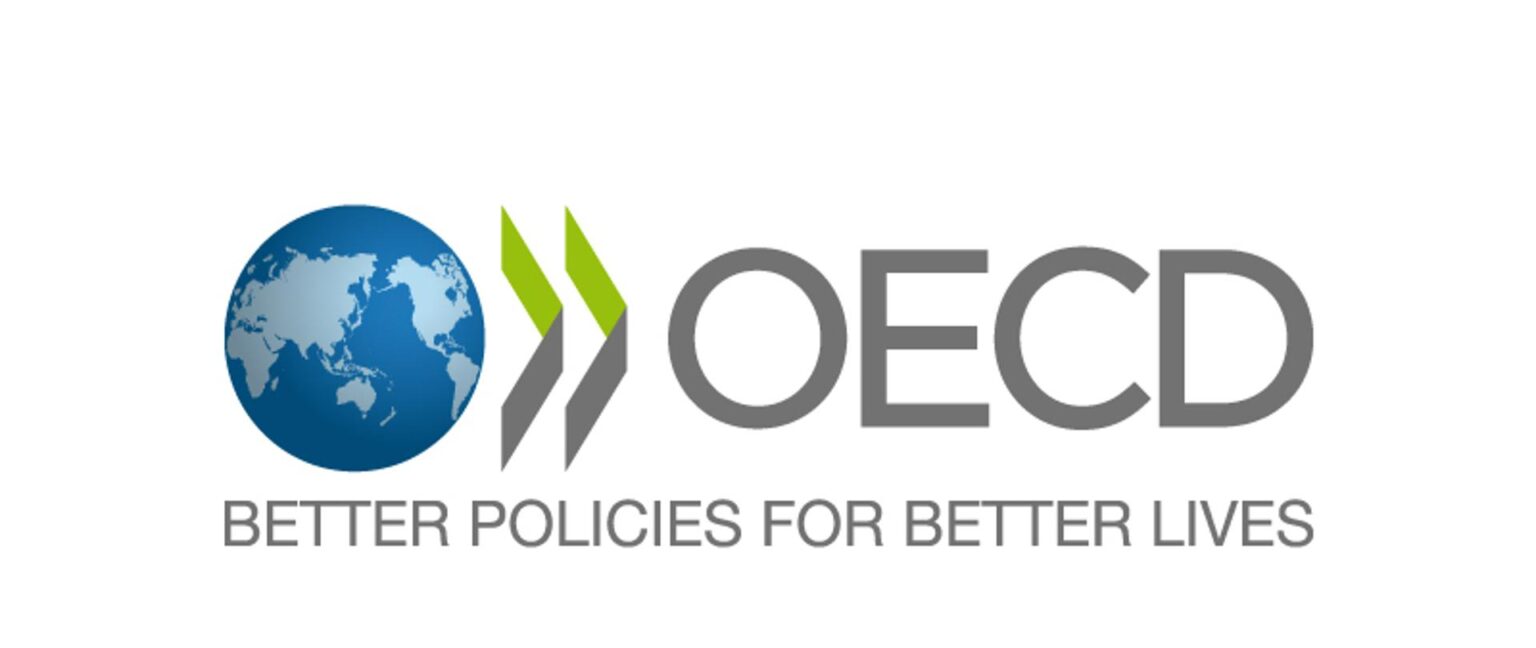Small and Medium-Sized Enterprises SMEs
If you think that the word
company or enterprise always means huge owners of workers and employees, huge
volumes of production, as well as large spaces of labs or laboratories, it
means that you are not yet familiar with SMEs!
So, what are SMEs?
Small and medium enterprises (SMEs) are independent companies or institutions and non-subsidiary corporations of large companies, where the level of revenues, assets, and the number of employees are within certain limits that give them this name. Classification criteria vary from country to country and from industry to industry.
We must note that the term “small and medium” does not indicate at all that the role of these companies is minor or insignificant, on the contrary; they outnumber large corporations in the world, and have a remarkable economic role and effective contributions to the development of societies, often relying on entrepreneurial ideas and supporting creativity in their environments.

The management of small and medium-sized enterprises as compared to large companies requires administrative skills needed by any company or enterprise; They require setting strong plans and strategies, creating successful relationships with clients, managing finances wisely and other requirements found in major companies.
The concept of SMEs:
No fixed and specific standard that brings all the world’s countries together in the concept of SME classification, but the dominant feature of SME classification is the number of employees first and annual revenues or revenues second. Each country sets its definition related to its industries, nature, business requirements, and possibly its population.
For example, the European Union has defined a classification of SMEs, identifying those with less than 50 employees as small companies, and those which include about 250 employees or less as medium companies. A company employing less than 10 employees, is defined as a micro-company. The acronym for small & medium-sized enterprises in the European Union is SME which is (Small & Medium Sized Enterprises). The European Union has set €43 million for the total balance sheet of SMEs (instead of total revenues).
For its part, the United States of America contains more than 28 million small and medium-sized companies, whose name (Small & Mid-Sized Businesses) is shortened to SMBs. SMBs (Small & Mid-Sized Businesses), which accounted for 99.9% of all U.S. companies in 2018 (According to the SBA), set a maximum number of 500 employees in a small or medium-sized company, while it agreed with the EU to determine the level of small company and micro company, which is 10 employees or less. It is also called the SOHO level as an abbreviation for (Small Office/Home Office). As for its annual revenue level, the Internal Revenue Service (IRS) has merged small businesses with self-employed individuals and set a revenue level of up to $10 million, while it combined the middle companies with the large ones and set a revenue level of over $10 million.
As for Canada; Its companies were 99.8% SMEs in 2017, with a minimum of 100 and a maximum of 500 employees, while adopting the micro-company name for the company with less than 5 employees. It also determined the capital of small companies reach $10 million, and the capital of middle companies at over US $15 million.
In Egypt, for example, according to the government statistical agency CAPMAS, most companies in Egypt are small companies where the number of employees of one company does not exceed 10 employees, representing 97% of the total companies in Egypt. Intermediate companies have 10-50 employees and account for about 2.7%, while companies with more than 50 employees account for only 0.4%!
The role of SMEs in the development of the economy:
SMEs have a very active role to play in raising the level of emerging and developed economies. And there is no doubt that they are far outnumbered by the big companies, So they provide a lot of opportunities and jobs for employing people, and they are more flexible than big companies because of their small size and administrative staff. This makes it drives innovation and also promotes competition in various business sectors and has a positive impact on the country’s well-being if dealt with properly by both operators and government agencies responsible for supporting it.
The Organization for Cooperation and Development (OCED) has estimated that these companies contribute approximately 45% of total employment in emerging countries, and this does not mean that their role is limited to emerging countries only; SMEs accounted for 77% of Canada’s total employment between 2002 and 2012, and in America; The proportion of existing jobs in small companies reached about 64% of the total of modern jobs existing between 1993 and 2011, and in the European Union; These companies hold about 66% of the total jobs.

If you are an employee, a manager, or a founder of a small or medium-sized business, you should be proud of it. Never think that your contribution is modest or simple, On the contrary, economies locally and globally will no longer do without you and the presence of SMEs will be broader and more widespread in modern times.









